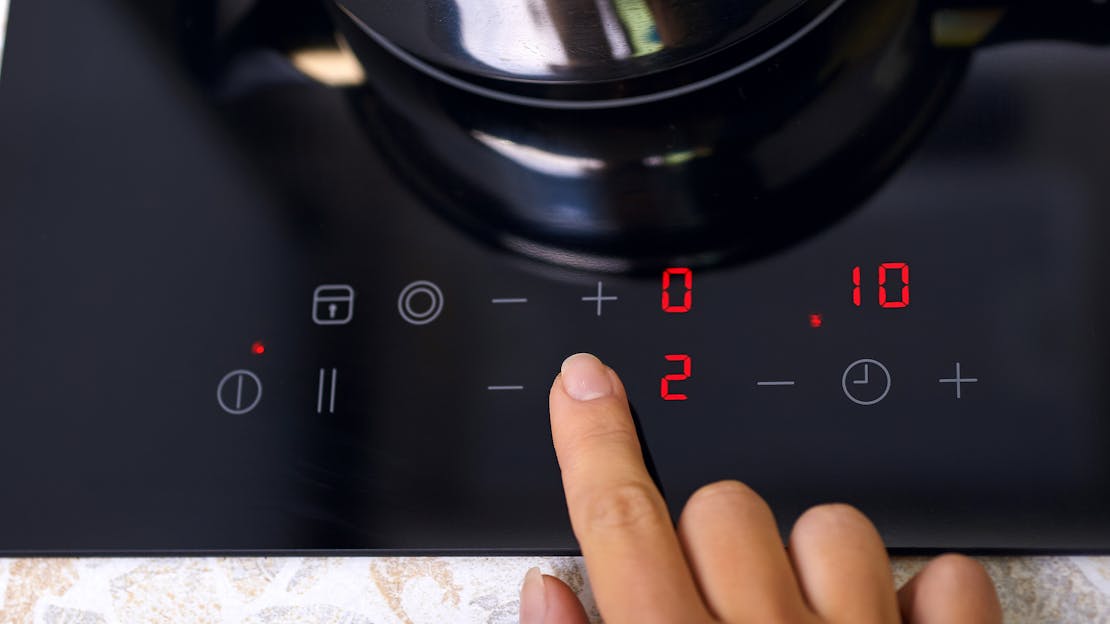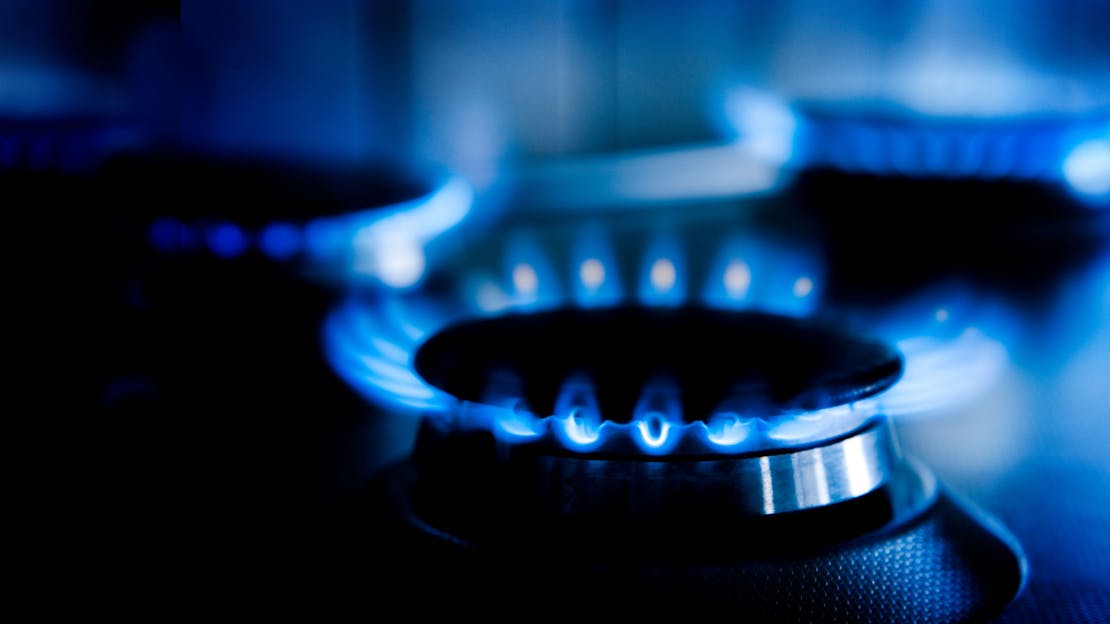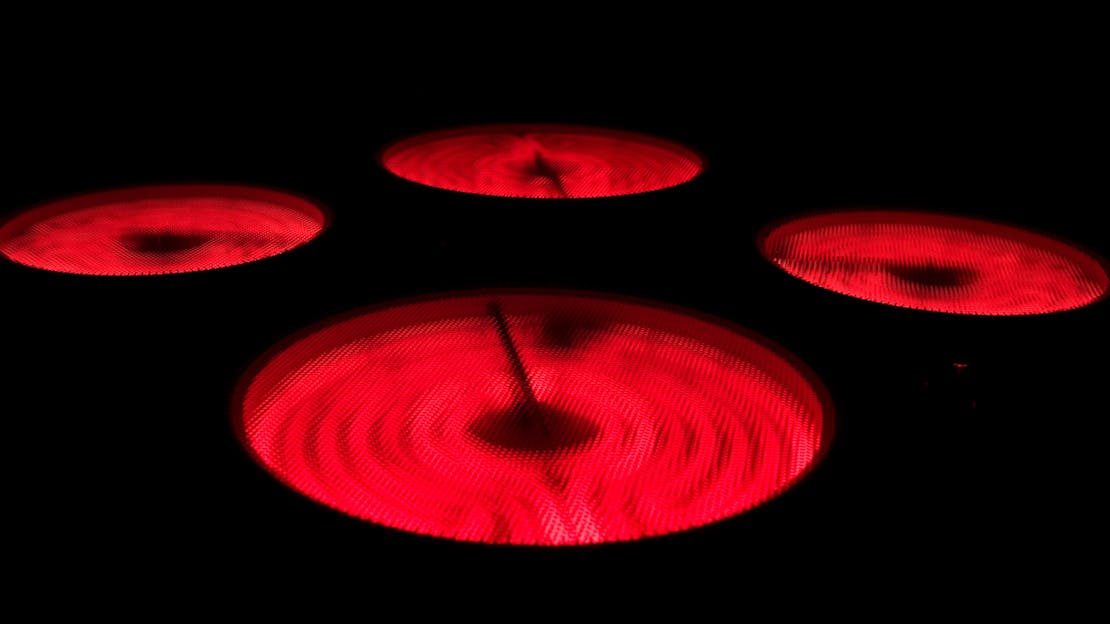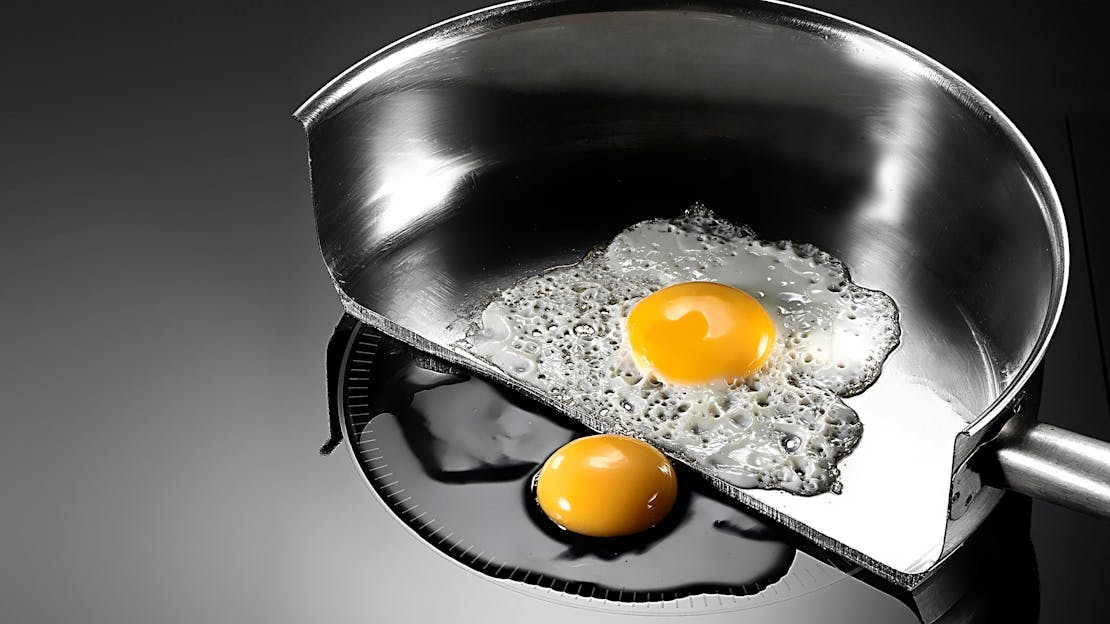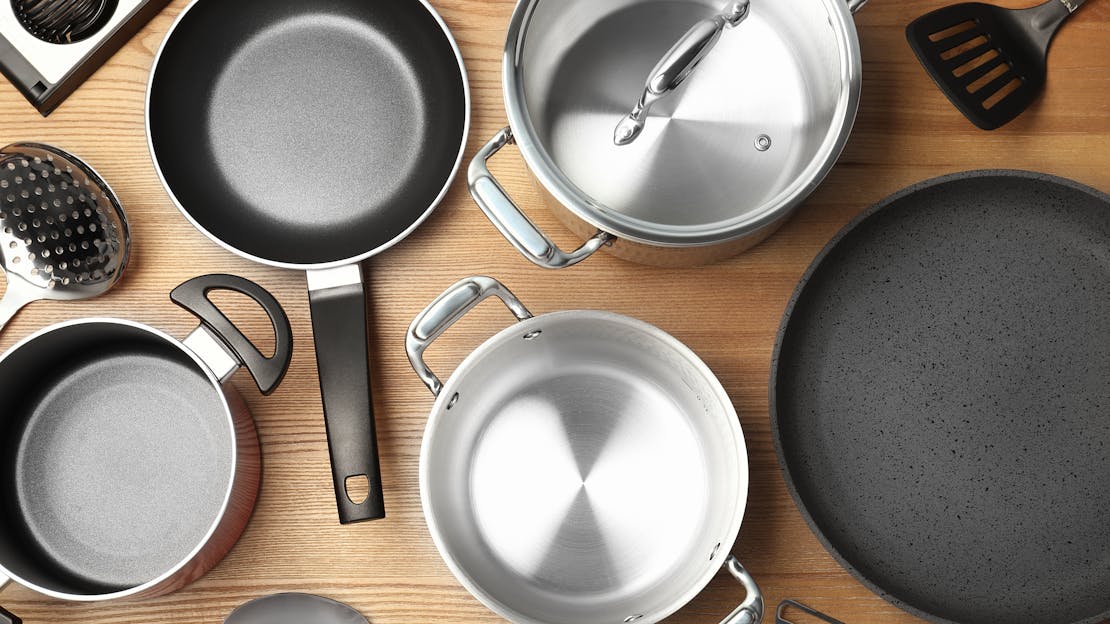
The Different Types of Hob
In the heart of every kitchen, the humble hob takes centre stage, becoming the culinary canvas where countless dishes come to life. From sizzling stir-fries to delicate simmering sauces, the type of hob you choose can significantly impact your cooking experience. With a multitude of options available, each boasting its unique set of advantages and disadvantages, selecting the perfect hob can be an exciting yet daunting task.
This comprehensive guide dives into the realm of kitchen hobs, shedding light on the diverse range of options that cater to every chef's needs and preferences. Whether you're a seasoned cook who revels in the art of gastronomy or a busy household member seeking quick and efficient meal solutions, understanding the distinct characteristics of gas, electric, ceramic, induction, and domino hobs is essential.
Ceramic Hobs:
- Benefits:
- Sleek Design: Ceramic hobs offer a modern and stylish appearance in the kitchen.
- Easy to Clean: The smooth surface is easy to clean and lacks crevices that trap dirt.
- Even Heating: They provide relatively even heat distribution across the cooking zones.
- Drawbacks:
- Slow Heating and Cooling: Ceramic hobs can take time to heat up and cool down, affecting cooking efficiency.
- Fragility: The glass surface can be fragile and prone to damage from heavy or dropped cookware.
- Energy Use: They might consume more energy to maintain temperature.
- Benefits:
Domino Hobs:
- Benefits:
- Customisation: Domino hobs are modular and allow you to combine different cooking elements (e.g. gas and induction) to suit your preferences.
- Space-Saving: They're great for smaller kitchens or as supplementary cooking surfaces.
- Flexibility: You can choose cooking elements based on your cooking habits and needs.
- Drawbacks:
- Limited Cooking Space: Each individual cooking zone might be smaller compared to full-sized hobs.
- Installation Complexity: Installing multiple domino hobs might require careful planning and electrical/gas connections.
- Benefits:
- Benefits:
- Affordability: Electric hobs are often more budget-friendly initially.
- Wide Availability: Electric hobs are commonly found and familiar to many users.
- Drawbacks:
- Slower Heating: Electric hobs, especially traditional coil types, can take longer to heat up.
- Uneven Heating: Heat distribution might be uneven, leading to inconsistent cooking results.
- Cleaning Challenges: Some electric hobs, like coil types, can be harder to clean due to exposed elements.
- Benefits:
- Benefits:
- Precise Control: Gas hobs provide instant heat adjustments for precise cooking control.
- Visible Flame: The visible flame helps gauge heat levels and adds a traditional cooking feel.
- Widely Used: Gas hobs are popular and familiar in many households.
- Drawbacks:
- Safety Concerns: Open flames can be a safety hazard, particularly for homes with children.
- Cleaning Difficulty: Burners and grates can be more challenging to clean compared to some other options.
- Energy Efficiency: Gas hobs might be less energy-efficient than certain electric options.
- Benefits:
- Benefits:
- Rapid Heating: Induction hobs heat up quickly, saving cooking time.
- Energy Efficiency: They directly heat cookware, resulting in minimal energy wastage.
- Safety: The surface remains cool, reducing burn risks; they're also equipped with safety features like auto shut-off.
- Drawbacks:
- Cookware Requirement: Induction hobs need magnetic cookware for effective heating.
- Initial Cost: They can be more expensive to purchase than some other types.
- Learning Curve: Users might need time to adjust to the specific cooking techniques required by induction.
- Benefits:
Each type of hob has its own advantages and drawbacks, and the choice ultimately depends on individual preferences, cooking habits, and kitchen requirements.
Buying Guides - Helping you choose the right hob
Buying Guides - Helping you choose the right hob
With numerous options in fuel types, sizes, and settings, finding the perfect fit for your kitchen can be daunting. Our comprehensive guide simplifies the process, presenting you with a range of excellent choices to make your decision easier.
Deciding which hob to buy can be challenging, given the range of options available. This guide aims to simplify the process by detailing the various aspects of induction, ceramic, and gas hobs.
If you're considering upgrading your kitchen hob, you may find yourself mulling over the fascinating world of induction hobs. As one of the leading manufacturers of all types of hobs, we're here to help navigate you through this often bewildering terrain. Welcome to the Ultimate Induction Hob Buying Guide!
If you're considering purchasing a gas hob for your kitchen, this guide will provide you with all the essential information you need to make an informed decision. Throughout this guide, we'll explore the advantages, safety considerations, installation process, cleaning tips, and cost considerations associated with gas hobs.
Ceramic hobs have revolutionised cooking, offering a sleek and modern aesthetic combined with practical and efficient functionality. So what exactly is a ceramic hob?
Offering a traditional way to cook food on a hob, our gas hobs here at MyAppliances are simple to use and will instantly update your kitchen.
Extremely easy to use, our ceramic hobs are a dream to clean, too. With handy touch control features, these appliances offer value for money and a fuss-free way to cook.
Economical and well-designed, our induction hobs here at MyAppliances come in a range of sizes and are easy to install, too.
This guide navigates through a spectrum of hob types — from the venerable gas hob to the cutting-edge induction cooker — each demanding a specific pan companionship.


